
They transformed the clay pits of a historic brickworks in the centre of Goulburn NSW into a wetland sanctuary next to the Mulwaree River.
New homes for hundreds of birds, frogs, fresh-water turtles, Rakali the water rat and other wildlife, including tourist-attracting kangaroos.
The site was closed after WWII and had become overgrown with box hawthorn, blackberry and invasive grasses.
* One story on the transformation placed it this way:
“Halfway between the Big Merino, which stands like a sentinel on the Hume Highway, and a supermax prison is a place known only by few.”
Not so unknown anymore – the wetlands were just filmed for a segment of Gardening Australia.
The restored “ponds”, and their riparian and woodland environment are there today thanks to a super successful grassroots project to bring back and enhance biodiversity to something like it was 200 years ago.
A fortuitous turn in the weather in recent years from drought to plentiful rain also helped, filling the old clay pits.
Maintaining the restored habitat as well as demonstration plantings of native flora, a landcare group of local residents gather as FROGS (Friends and Residents of Goulburn Swamplands).
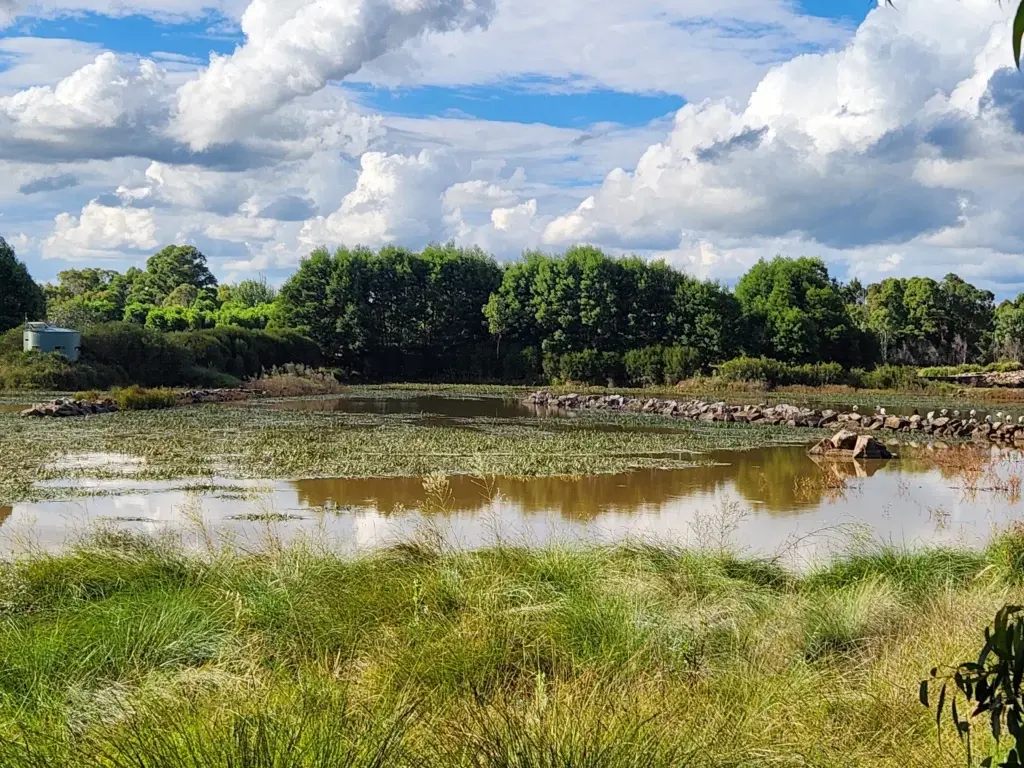

I met with Heather West, a retired primary school teacher and the President of FROGS, for a little photo tour that we’re sharing here. She told me how an inspiring community effort came about.
In 2010, the abandoned brickworks were recognised by civic advocates as an opportunity to revitalise a neglected area at the foot of Rocky Hill, a landmark close to the city centre. Local environmental groups soon joined, lobbying both council and other community groups and the project gained grants from the NSW Government and local council.
The transformation started with placing rock berms in the old clay pit pond, slowing the flow of water, so it could filter before re-entering the river.
Walking and cycling tracks were established around the perimeter of the ponds.
Goulburn Mulwaree Council engaged an archaeologist to prepare a report on the historic value of the abandoned brickworks which operated from the 1860s – 1945.
As a result, the heritage industrial site has been preserved and replanted with grasses with signage telling the story.
I asked Heather about the professional assistance that the community volunteers got on re-establishing the indigenous flora and fauna.
She said the workforce knowledge and resources that some volunteers brought with them was invaluable
For example, the contribution of the Southern Tablelands Branch of the Australian Plant Society [APS] that identified old-growth remnant riparian areas in the district for seed collection. APS has supplied almost all the tube-stock planted on the wetland site.
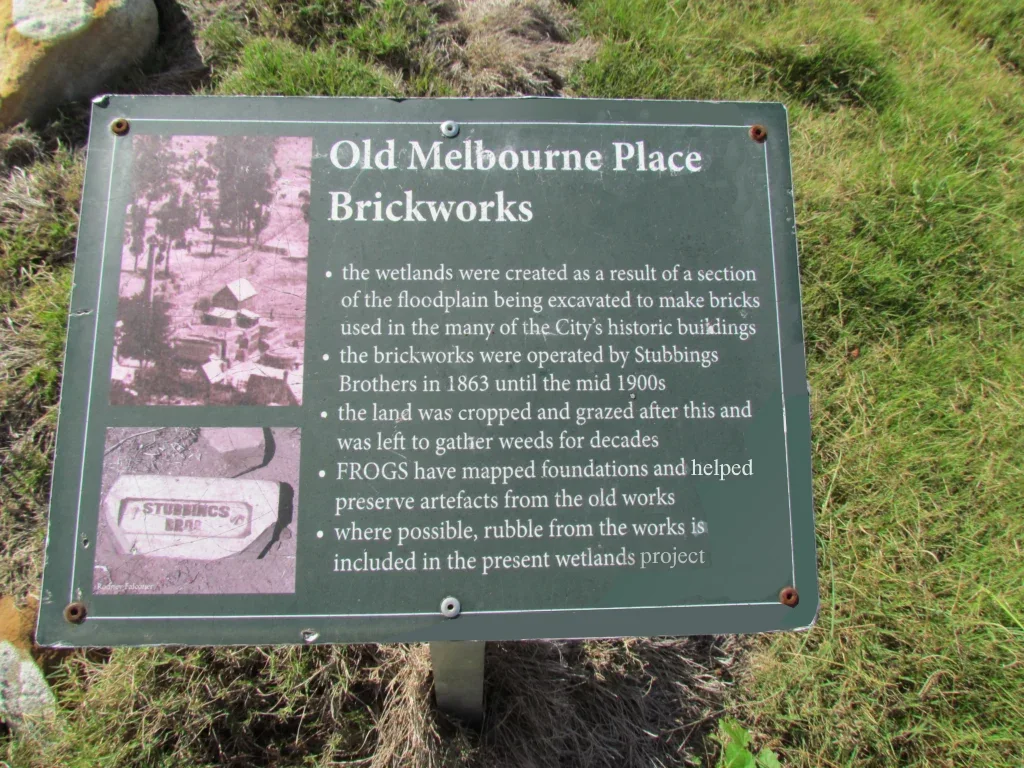
“Some of these people were high school science teachers, some farmers and graziers.”
A local high school teacher Rodney Falconer (also a FROGS and APS member), prepared a comprehensive planting guide for the wetlands site.
Some plants needed to withstand strong flood water movements, others around the ponds might remain inundated for longer periods, while steep areas dried out very quickly.
Plants needed to attract birds, both seed and nectar eaters, as well as providing protection from larger birds. Water birds needed safe nesting cover. Rodney had previously worked with the ACT Government and could identify every remnant native grass in the ACT area.
Two FROGS members worked with the Sydney Water Catchment Authority, with expertise in plants, management of waterways and filtration of sediment and safe use of herbicides in riverside locations.
Another ground-breaking volunteer was Peter Mowle, retired council engineer, who used his expertise in directing the survey of levels for the rock berms in the ponds, creating channels for road stormwater entering the site and ensuring floodwaters could return quickly to the river. A retired surveyor had also joined FROGS.
Heather said many of the FROGS members are there because of an interest in bird-watching, bushwalking, biodiversity and sustainable ecosystems or gardening with native plants – or all of the above.
They all care about the natural environment
“Our active volunteers are people who like outdoor work, enjoy mixing socially with like-minded people while working on a joint endeavour. We all have an interest in native vegetation, animals and reptiles. Some had interests in gardening, with a focus on permaculture to improve soil microbes and plant to minimise on-going maintenance. All volunteers learn skills from each other.”
Goulburn Council that owns the site was supportive from the outset. Council provided a $25,000 donation for the initial infrastructure and provides truck-loads of mulch when requested. Heather said the Goulburn wetlands are now used in promotions for the city and the Visitor’s Information Centre sends tourists to walk the paths to observe the resident mob of kangaroos.
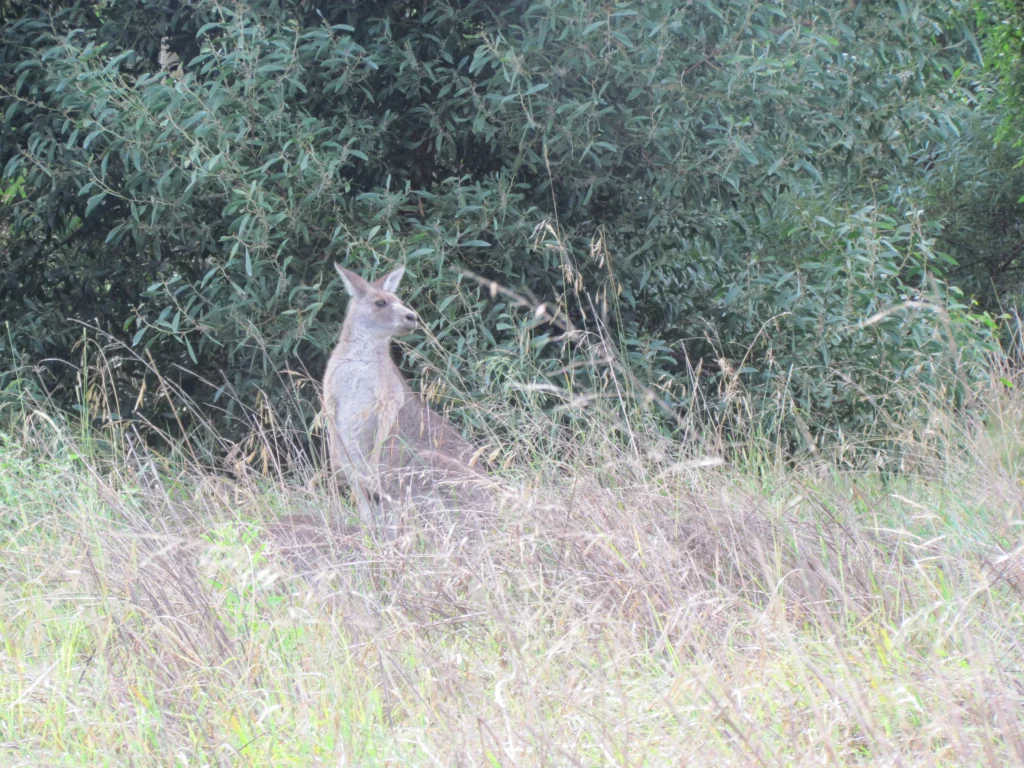
A direct link to the data for Goulburn Wetlands is https://ebird.org/hotspot/L2557641
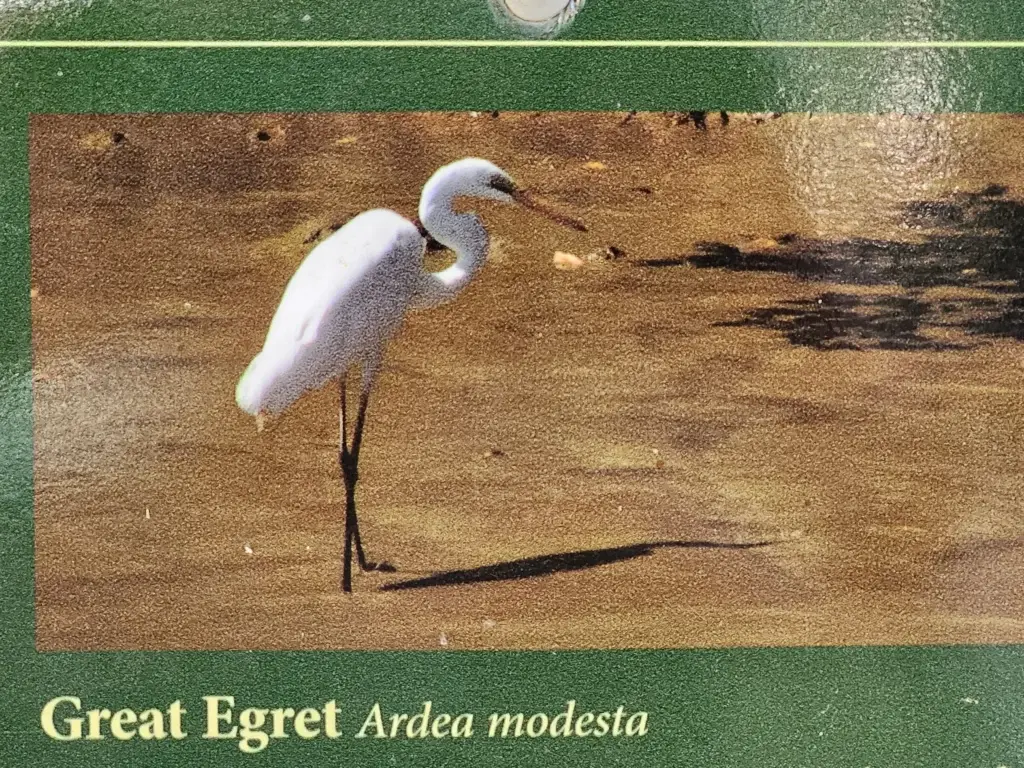
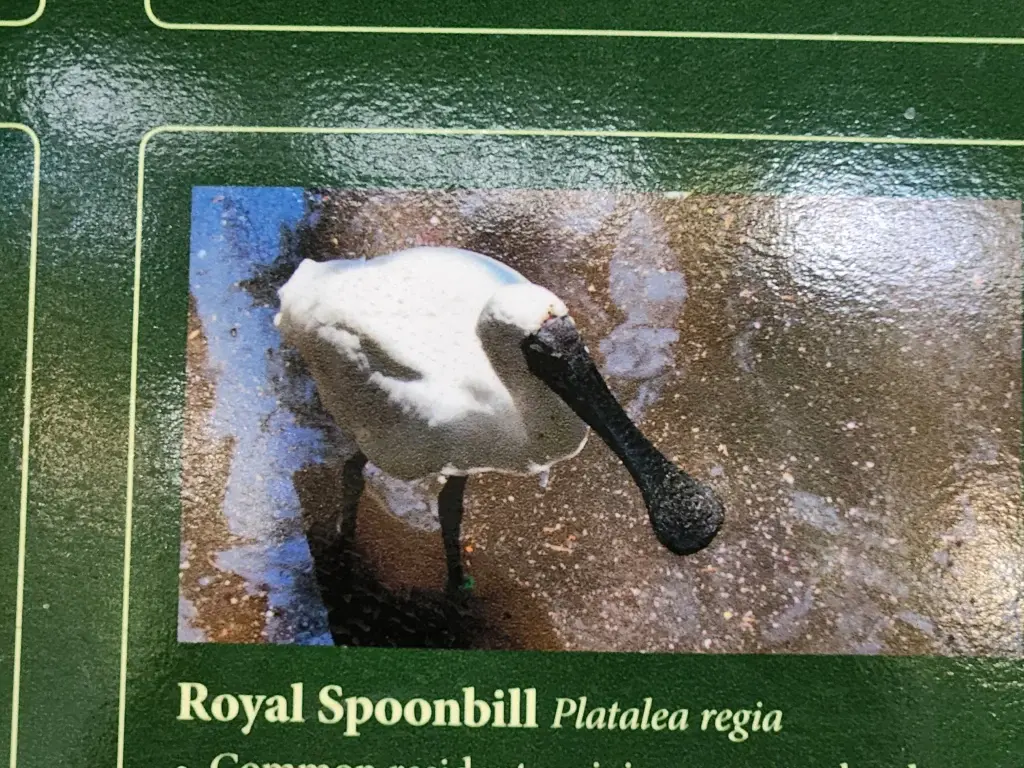

Local people exercise here or take a leisurely stroll, bird-watch and walk their dogs (on lead). Nature has been returned and is appreciated. Says Heather: “During Covid lockdown, when children were being home-schooled, we saw a huge increase in families walking or riding bikes around the wetland paths. People using the paths while the FROGS volunteers are at work, always call out ‘thank you, you’re doing a great job!’ which is appreciated by the regular volunteer workers.” Garden clubs, schools and social groups as well as retirement village residents also come to walk or ask for a guided tour.
“Whenever the wetlands is mentioned in conversation, the response is always given with a smile and praise for the way it has grown so successfully in such a short time frame.”
Turtle – Eastern Long-necked Turtle – Chelodina longicollis
– feeds on aquatic invertebrates, tadpoles and small fish.
Native water rat
– the common name is Rakali now and scientific name Hydromys chrysogaster.
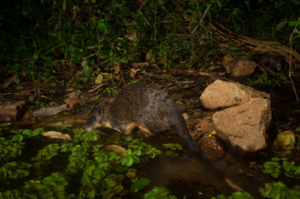
Frogs
Common Eastern Froglet – Crinis signifera [Froglets are a breed which don’t grow to a big size.]
Squelching Froglet – Crinia insignifera
Spotted Marsh Frog – Limnodynastes tasmaniensis
Eastern Sign-bearing Froglet – Crinia parinsignifera
Striped Marsh Frog – Limnodynastes peronii
Eastern Banjo Frog – Limnodynastes dumerilii
Robust Bleating Tree Frog – Litoria dentata
Peron’s Tree Frog – Litoria peronii
(The app – Frog ID by the Australian museum allows you to record the frogs call and it will send information identifying the type of frog. Most frogs are nocturnal, especially the tree frogs.)
Shrimp, snails and yabbies – As yet no surveys have been done
Snakes
Eastern brown snake – Pseudonaja textilis
Tiger snake – Notechis scutatus
Aquatic Plant
The dominant aquatic plant is Water Ribbons – Cycnogeton procerum.
There are other semi-aquatic plants that appear in the mud as the water recedes but these are numerous and include natives and non-natives.
Birds
144 species have been sighted and listed visiting the ponds – see bird list links above in the story.
Ten frequently spotted: Australian Wood Duck, Pacific Black Duck, Grey Teal, Australasian Grebe, Crested Pigeon, Eurasian Coot, Australian White Ibis, Crimson Rosella, Australian Magpie, Magpie-lark.
Also seen around the ponds: Australasian Swamphen – Blue-black water fowl with a red face and beak.